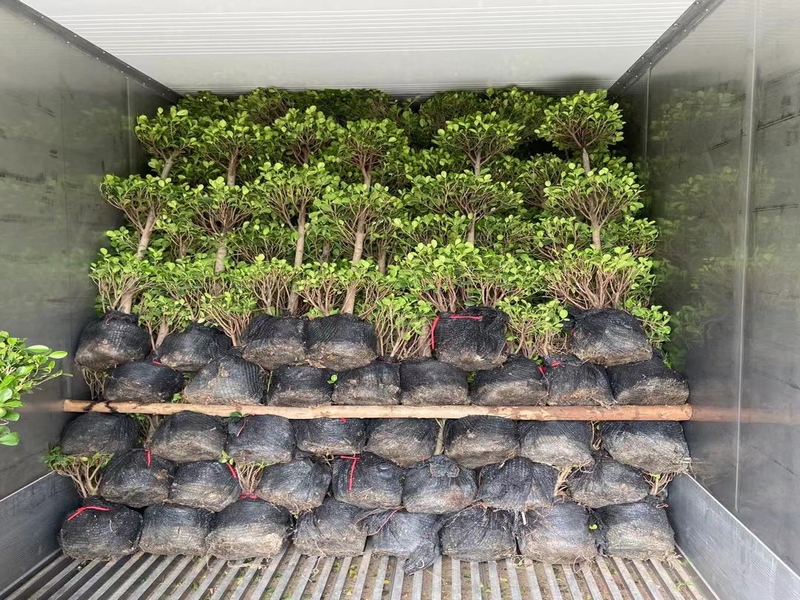Item NO.:
ficus panda one tiePayment:
T/TProduct Origin:
ChinaColor:
GreenShipping Port:
Xiamen portLead Time:
7-10day
The leaves of ficus panda are oval, inverted Mao shaped, large and thick shade, and the leaf color is very shiny. ficus panda trunk is relatively thick. ficus panda is a perennial ornamental green plant, which has the meaning of longevity and auspiciousness, wealth and honor.
Ficus panda is a good opening product with a wide range of applications. It is a common flower for family flower cultivation or hall decoration. ficus panda is widely used in the greening decoration of hotel courtyard, theater lobby, mall entrance, office etc
Loading Photos



WWW.HSBONSAI.CN